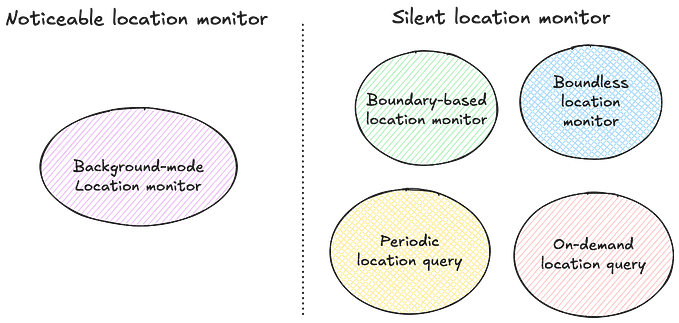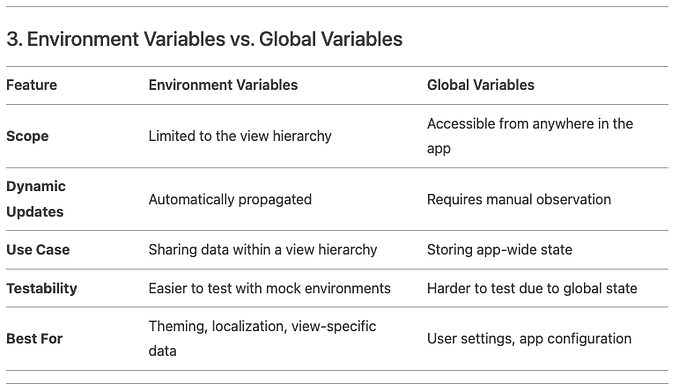Swarm Learning Applications in Production and Operations Management
Swarm Learning (SL), in terms of education, aims to promote the innate characteristics common in humanity: change, adapt and evolve. In order to foster the aforementioned traits, SL utilizes systems of thought, continual feedback, the opportunity to educationally grow, and the ability to understand philosophic and scientific concepts paramount to critical thinking. As part of the title of the book, Swarm Learning: Teaching How to Think, Not What to Think in Health and Human Performance, suggests, SL methodology encourages how to think instead of what to think. SL thrives on improvement by way of organic change instead of stagnant, reactive change. Continual feedback shifts the course in order to obtain the best learning outcome for a given class with a given instructor. In operations management, the key focus is on the planning of production, the processes involved, the efficiencies, cost controls, quality, continuous improvement, technologies available, and profitability.
Although, there are endless theories about quality, quality and managing quality is quite similar to SL. In that, quality is an ever changing living organism that depends on constant improvement, measurement and the opportunity for differing viewpoints to improve efficiencies. One thing is sure in production and operations management: There will be change, adaptation, and evolution. While some may warn that SL could negatively pivot the company’s direction and profitability, Swarm Learning, as a methodology, should be implemented in operations management because it can increase efficiencies both within teams and by use of data. The connections and production abilities, given the correct management oversight and company culture, can be improved causing quality management to ascend to a higher standard when implementing SL.
SL can help teams diversify duties and help departments that are lacking by use of collaboration. It can also help to develop meaningful metrics, connections to data, and a heightened understanding of the big picture of a company. As highlighted in the book authored by Dr. Jamie Schwandt, SL begins by “creating a culture of learning [that] is an evolutionary process involving setting high expectations, modeling behaviors, and incentivizing learning” (p. 119). The foundation of utilizing positive high expectations, behavior modeling and incentivization has been proven to increase worker productivity, efficiency and profitability in a company structure because workers are the foundation of production at any level of operation — even automated production. One such aspect of quality theory particularly applicable to SL, is one of Deming’s 14 points for management, listed in Managing Quality: Integrating the Supply Chain. The text explains a point as “break[ing] down barriers between departments” (Foster, p.31). SL advocates for breaking down traditional barriers of learning structures; and one way this is accomplished is by utilizing effective thinking within the body of a class. In a way, SL can accomplish dynamic outcomes — similar to what breaking the barrier of teams can accomplish in production — within it’s body by assessing different viewpoints of the students in that certain body and tallying outcomes using sound metrics. In Deming’s 14 points for management the greatest issue within department work was the time it takes for teams to accomplish a finished idea or design. Parallel processing in focused teams work simultaneously and in SL this is quite similar due to it’s structure for each course semester (Foster, p.31). Feedback is a central ideology in SL. Although it can be used quite similarly in quality, the type of feedback present for students within SL, can be a game changer in production management.
By implementing a feedback system for teams and individual employees, using sound strategy applicable to the questions sought after in a company, quality can be improved by priming employees and departments to use unique perspectives to acquire new questions and answers to ideas within improving the quality of production at a company. Feedback systems are quite important for the customer experience but they can also be used as a more formal system of brainstorming for efficiencies and improvements from employees.
In addition to team production efficiencies, SL can help identify metrics that increase efficiencies. Metrics are the best measure used in quality to determine outcomes, projections and the possibilities of a new idea’s profitability. SL utilizes a sound tool for measuring any given course in real time which can drastically increase the positive outcome of certain measurements of operation and production management. SL is already similar to operation and production management in the assessment of data; they both have foundations in statistical thinking. In a company, however, the breadth of data can be increased to boundless variables like the possibilities present in SL. Swarm Learning: Teaching How to Think, Not What to Think in Health and Human Performance, offers three questions that can apply to the company at a quantum level: “1. What have?, 2. What should?, and 3. What if?” (Schwandt, p.24). If company’s can adopt and measure these questions — in more aspects than many business practices advocate for, every facet of production has the opportunity for increased improvement beyond current theory and application.
Some may warn that implementing some of SL methodology could muddle the direct information needed to make business decisions due to the time it might take to implement a system similar to SL or the possibility of using company resources to track and manage information that might not apply to the goal of the company or it’s bottom line. However, more often than not, company’s rely heavily on many of the core concepts within SL. They also can benefit greatly by collaboration and new ideas. For it is the adaptive nature in new ideas that can make a company superior in completion and innovation.
With the success of each division, department, team, and individual team the quality can increase efficiencies and therefore increase productivity and profitability. To focus on SL methodology in business, can compound the efficiencies already present in countless quality theories by going beyond the sound metrics, practices and spheres already utilized. Dynamic and living information can be gained and advised by use of “swarming” — as outlined by Schwandt — the company quality design (p.66). New hypotheses can be tested by implementing the connections found within production and customer experience. Tracking data can be improved and statistical measures can be increased by use of SL methodology in production. In addition, to the data that can be created and adapted, new data can be gained by using perspective within an employee, team or division. While SL is quite similar in many aspects of quality, the possibilities are endless in the application of SL within a company.
References:
Scwandt, J. (2020). Swarm Learning: Teaching How to Think, Not What to Think in Health and Human Performance. Kendall Hunt.
Thomas, S. F. (2017). Managing Quality: Integrating the Supply Chain (6th ed.). Pearson.




